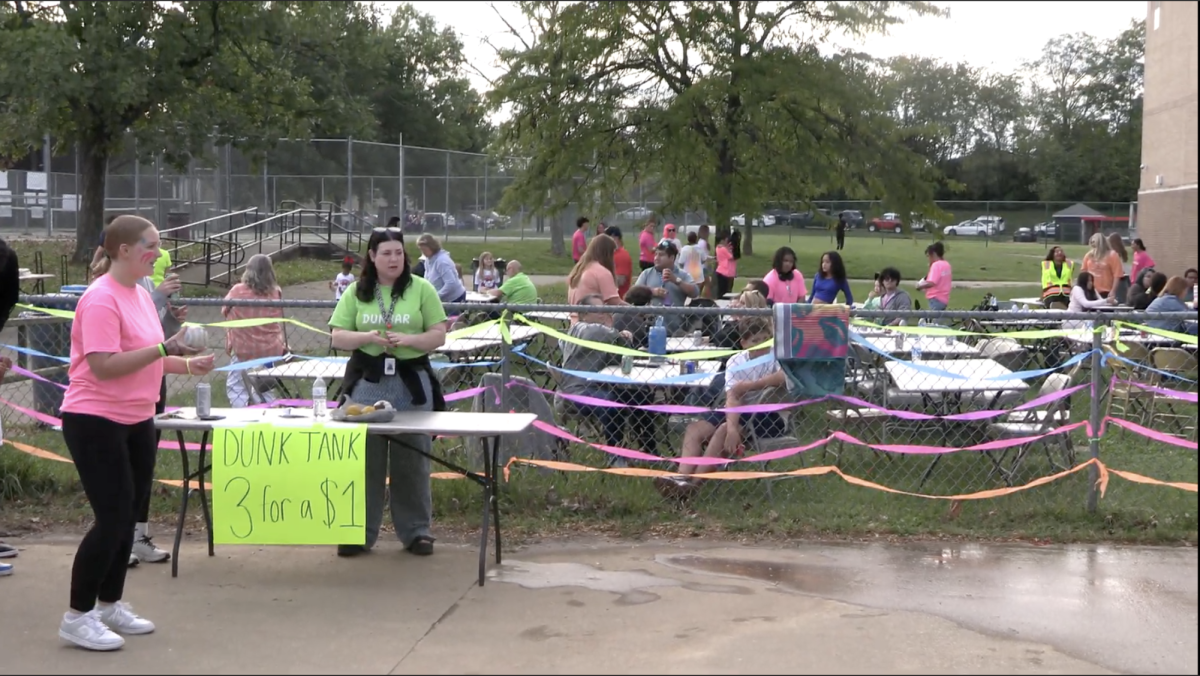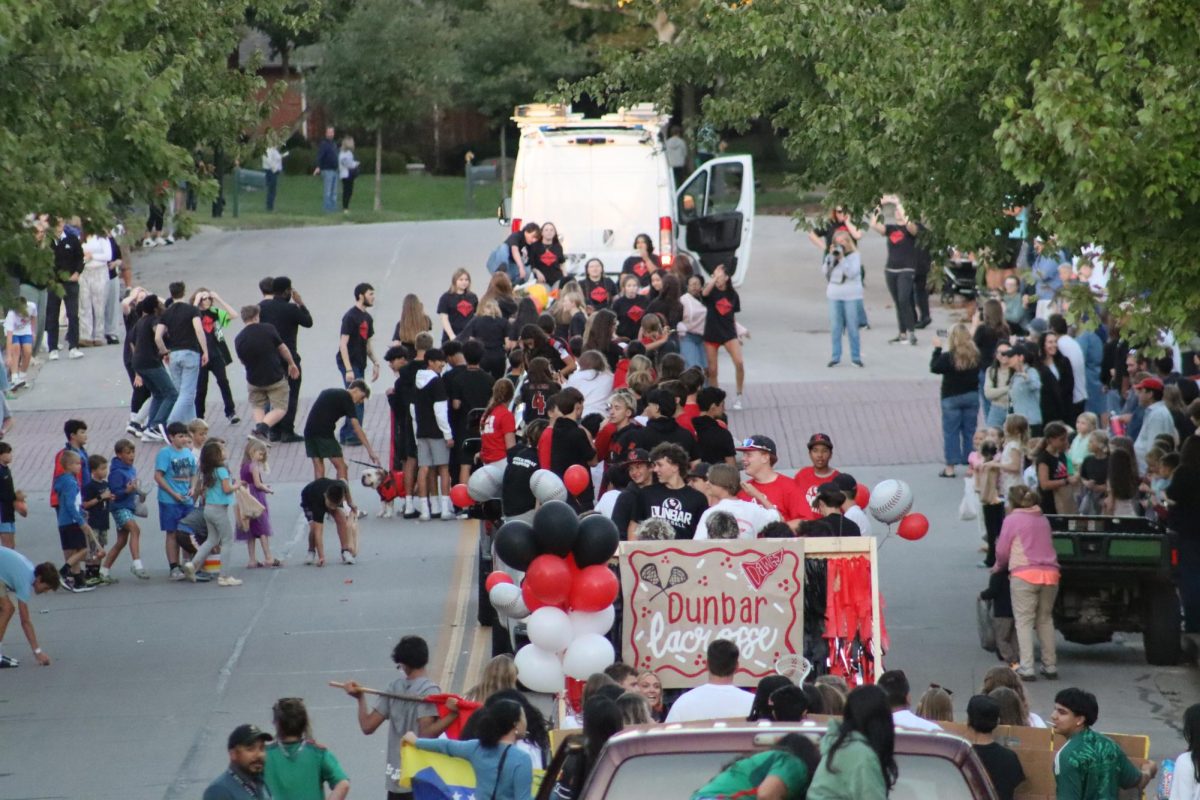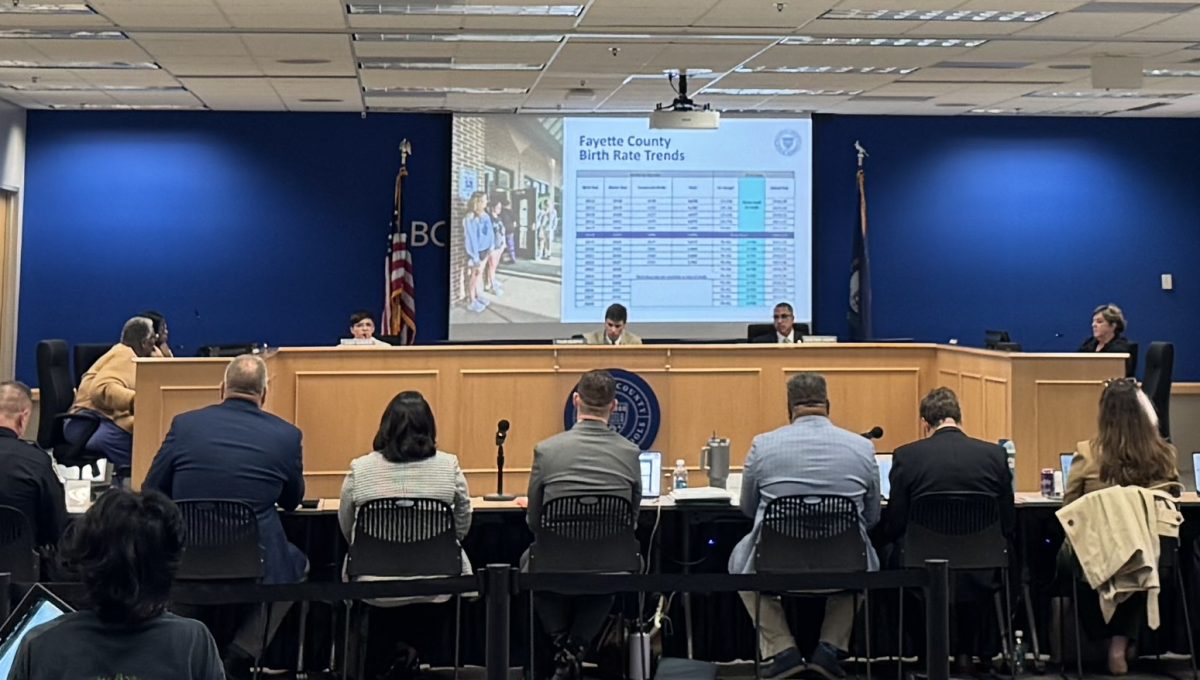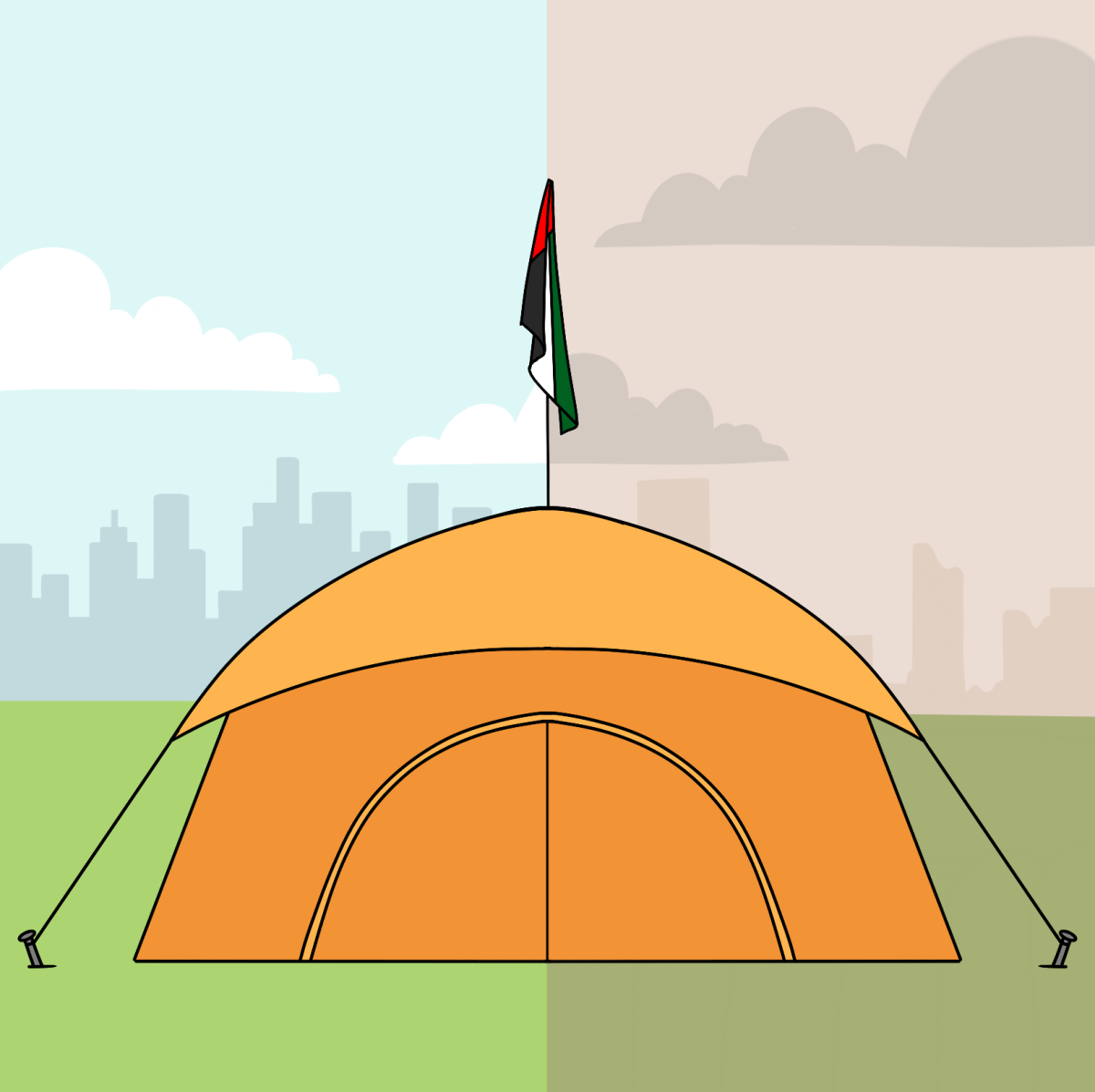Syrian Refugees
May 23, 2022
The Syrian refugee crisis began when the country was thrown into civil war. The war began in 2011 and is a multi-sided war that includes the Syrian government and various other groups, both domestic and foreign, who oppose the Syrian government, and at times oppose each other.
The civil war has caused over 6.6 million people to flee the country and over 13 million have been displaced since 2011. The Syrian refugees have also fled to various countries such as Jordan, Lebanon, and Canada.
Over the course of the last 11 years, the life of the refugees hasn’t gotten any easier. 90% of the refugees who live in Lebanon live below the poverty line and most face economic hardships. Most of these refugee households cannot meet their basic needs as of 2021.
The Syrian refugee crisis has been labeled as “the biggest humanitarian crisis of our time and a continuing cause of suffering” by UNHCR High Commissioner Filippo Grandi.
Despite all of these statistics, Syrians are treated pretty terribly in the counties in which they seek refuge.
Many people state that the countries are helpful and inviting but after years of conflict, many counties are applying pressure on Syrians to return home.
Many of the refugee centers in places like Greece are in terrible condition. Many of the streets are covered in trash and there was an overwhelming stench of rotting garbage in the air. Along with these conditions, many women are also told to not walk the streets alone as there are many drunks and drug dealers.
“Europe does not see us as human,” refugee Rasha al-Ahmed said. She fled Syria and went to Turkey. From Turkey, she later moved to Greece.
So while these two situations are almost identical, two war-stricken countries with large amounts of people fleeing for their own safety, then why is it that they get treated differently? Is it because of limited resources or space? Is it because of the difference in length that these wars have gone on? Or is it perhaps just because of race?























